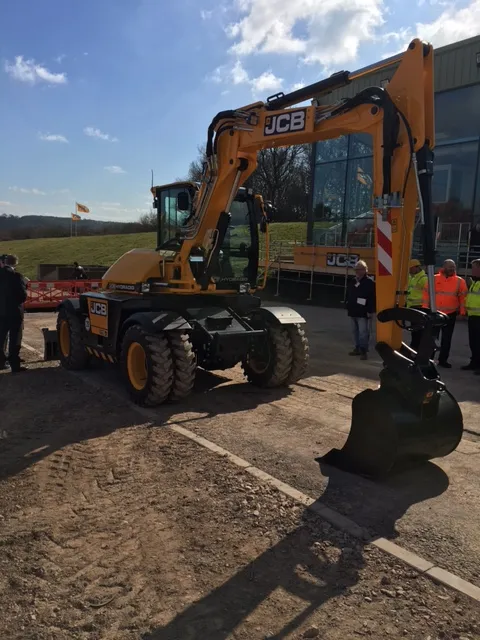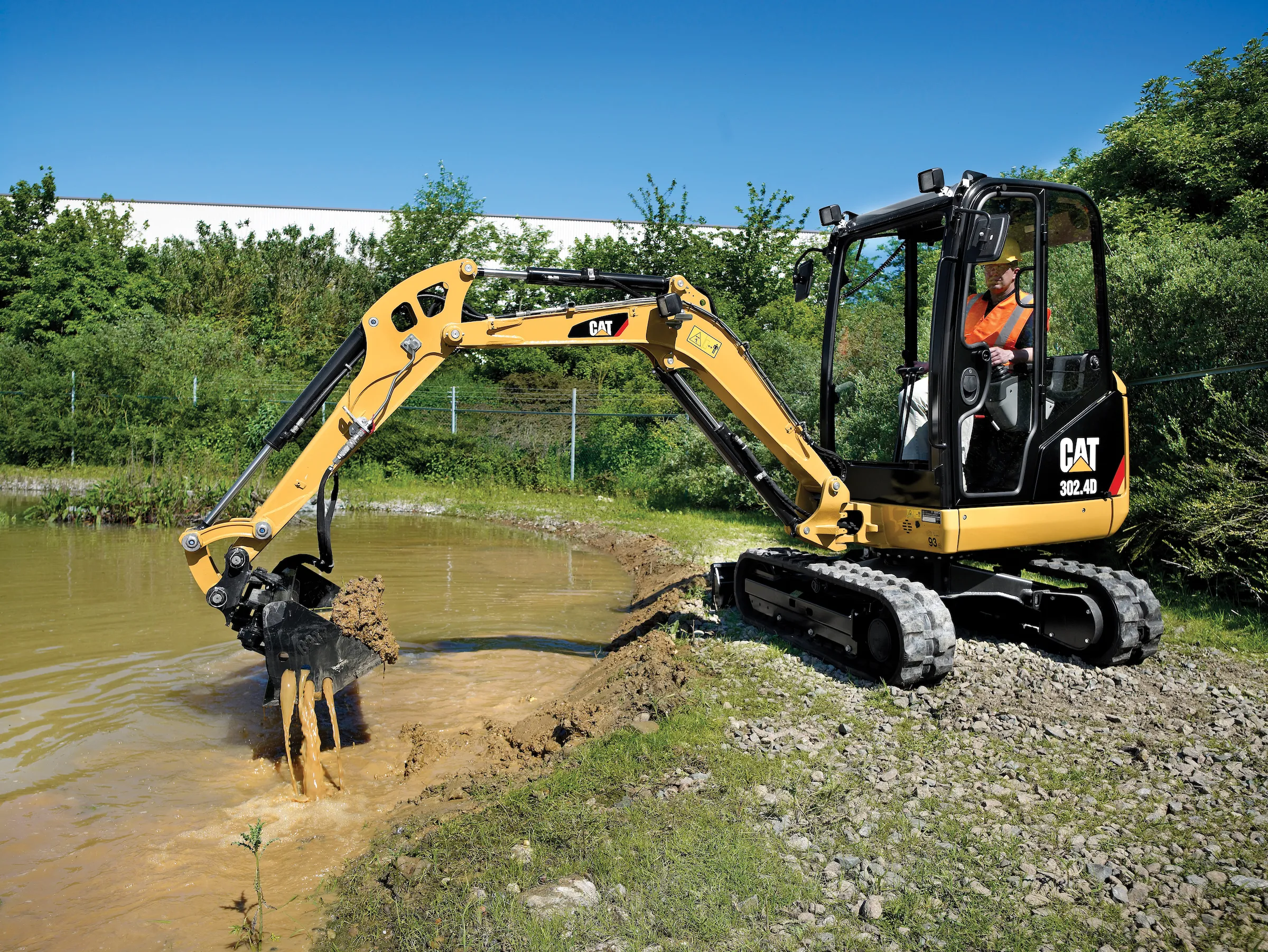
The new
Ideally suited to highways maintenance work, general construction, and public utilities applications in urban environments, the JCB Hydradig is said to deliver on visibility, mobility, manoeuvrability, stability and serviceability. Operators are said to enjoy 360° all-round ground level visibility from a model equipped with fast acceleration and a top speed of 40kp/h, a 4m turning radius, an up to 1tonne lifting capability over it side with the shortest tailswing in its class, near 50-50 weight distribution, and easy ground level servicing. Furthermore, the 81kW JCB Econmax engine-equipped compact machine has a new drivetrain in its lower structure, and is said to be capable of towing up to 3.5tonnes on a trailer.
“We are very excited to launch yet another industry first. A revolutionary product that we believe will change everything, not just JCB, but change how the construction industry operates in the 21st Century,” said Tim Burnhope, JCB’s chief innovation & growth officer. “The JCB Hydradig will be the safest machine on the site, and its operator will be the most confident and the most productive operator on site.”








